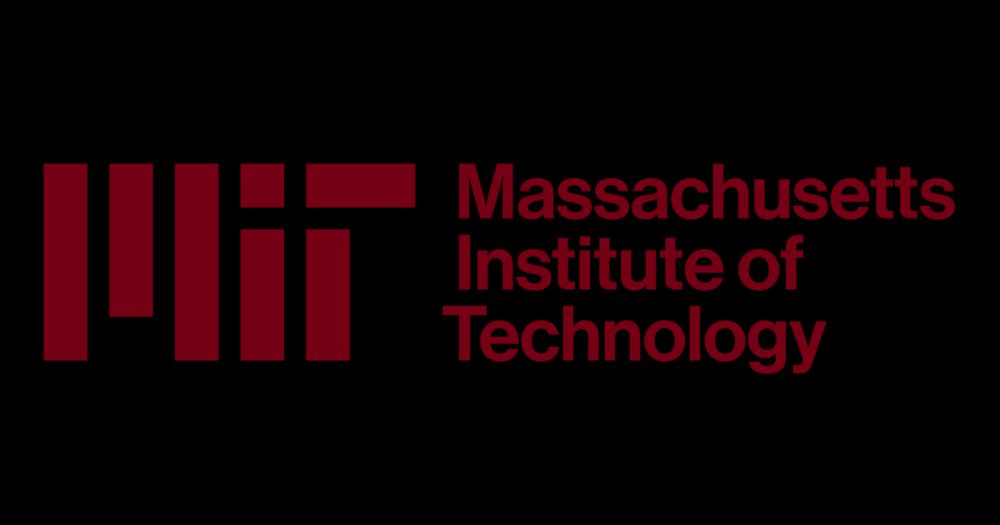Ania Holubecki
@aniaholubecki.bsky.social
81 followers
190 following
18 posts
studying social cognition regions via iEEG, stimulation, and precision fMRI
PhD Candidate @NUIN | Formerly RC @ Braga Lab, #Fulbrighter @ Jagiellonian University, BA @ Northwestern | (she/her)
Posts
Media
Videos
Starter Packs
Pinned
Ania Holubecki
@aniaholubecki.bsky.social
· Aug 12

High frequency broadband activity detected noninvasively in infants distinguishes wake from sleep states
High frequency broadband activity (HFB; 70-150 Hz) indexes local brain activity. It is predominantly studied using invasive measures due to signal drop off from skull attenuation. We hypothesized that...
doi.org
Reposted by Ania Holubecki
Reposted by Ania Holubecki
Reposted by Ania Holubecki
PessoaBrain
@pessoabrain.bsky.social
· Aug 18
Reposted by Ania Holubecki
Ania Holubecki
@aniaholubecki.bsky.social
· Aug 12
Ania Holubecki
@aniaholubecki.bsky.social
· Aug 12
Ania Holubecki
@aniaholubecki.bsky.social
· Aug 12
Ania Holubecki
@aniaholubecki.bsky.social
· Aug 12

High frequency broadband activity detected noninvasively in infants distinguishes wake from sleep states
High frequency broadband activity (HFB; 70-150 Hz) indexes local brain activity. It is predominantly studied using invasive measures due to signal drop off from skull attenuation. We hypothesized that...
doi.org
Reposted by Ania Holubecki
Reposted by Ania Holubecki
Reposted by Ania Holubecki
Reposted by Ania Holubecki
Jingnan Du
@jingnandu.bsky.social
· Feb 26

Within-Individual Precision Mapping of Brain Networks Exclusively Using Task Data
Precision mapping of brain networks within individuals has become a widely used tool that prevailingly relies on functional connectivity analysis of resting-state data. Here we explored whether networ...
www.biorxiv.org
Reposted by Ania Holubecki















